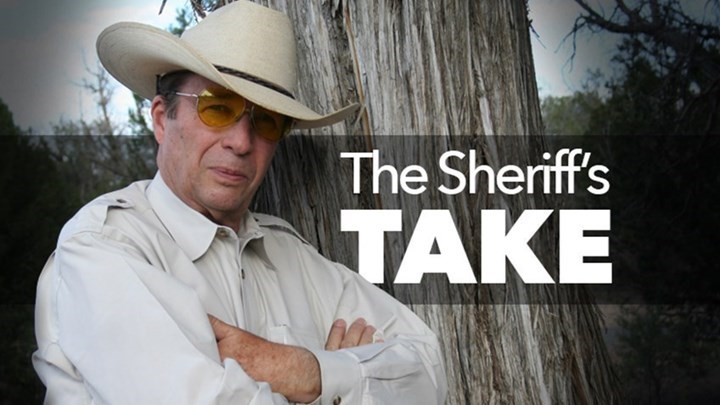
Sometime after 1900, it became the vogue for defensive shooters to crouch while firing their handgun. One of the first notable proponents of this technique was Captain William Fairbairn, a British military and police instructor. Fairbairn believed that a man would naturally crouch in the face of danger and so he incorporated that into his point-shooting instruction. One of his students was Rex Applegate, the American military instructor who taught for the OSS during World War II. Both men taught a moderate crouch and shooting with the arm fully extended.
During approximately the same time period, some American lawmen decided that if a little crouch was good, a lot of crouch must be excellent. Probably the best-known proponent of this technique was FBI agent Jelly Bryce. Bryce would drop into a low, dramatic crouch and would fire his revolver with his shooting arm bent, cranking off a round just as soon as his gun cleared the holster. When I went through our local police academy, our FBI firearms instructor was still teaching this technique for close-range gunfighting.
Bill Jordan, however, showed us that the crouch was not at all necessary for good point shooting. Jordan stood perfectly erect and only moved his arm and shoulder while doing some really fast work with his Smith & Wesson revolver.
California lawman, Jack Weaver, is the one who sort of brought it all around to complete the cycle. Weaver stood erect but took the extra split-second to bring the gun up in two hands and use the sights to get his shot off. The important lesson being that it is not the first shot that counts, but the first hit.
While point shooting has some limited application in defensive shooting, we know now that the crouch is just not necessary. The crouch is not necessarily an automatic response to danger, especially if one practices his shooting stance and technique on a regular basis. A crouch also inhibits a person’s ability to move quickly, and we know that movement is an important part of the defensive response.
Through this whole evolutionary period we have figured out that the best stance is to stand facing the threat, with knees slightly bent, and our weight on the balls of our feet. Whether we shoot with bent elbows or straight arms doesn’t seem to matter as long as we’re getting the hits that we need as quickly as possible. As the years have gone by, the whole crouching thing has certainly fallen by the wayside. However, I’m still going to give points to Jelly Bryce for the most dramatic looking style; after all, he got his picture in Life magazine and the rest of us didn’t.



































